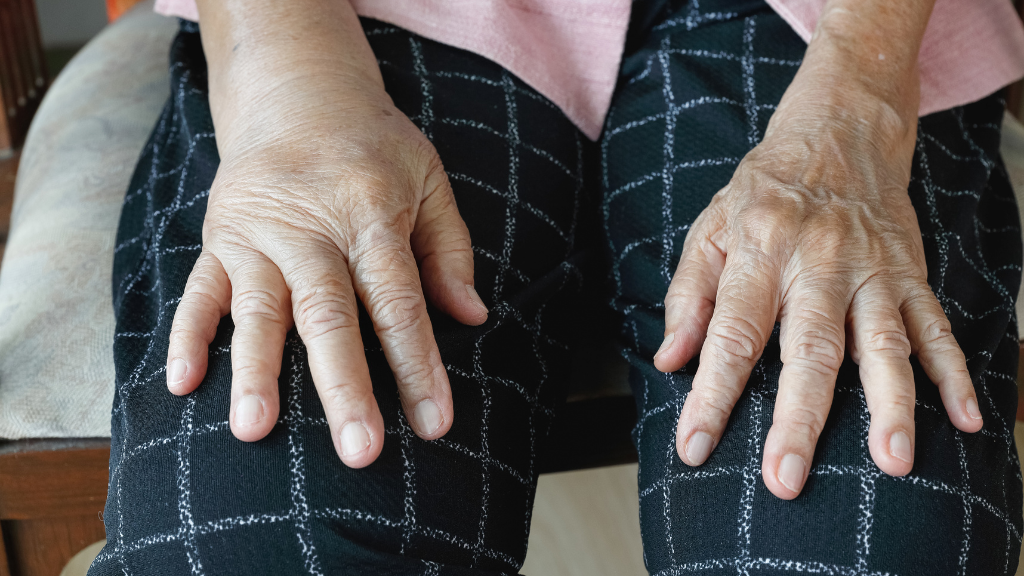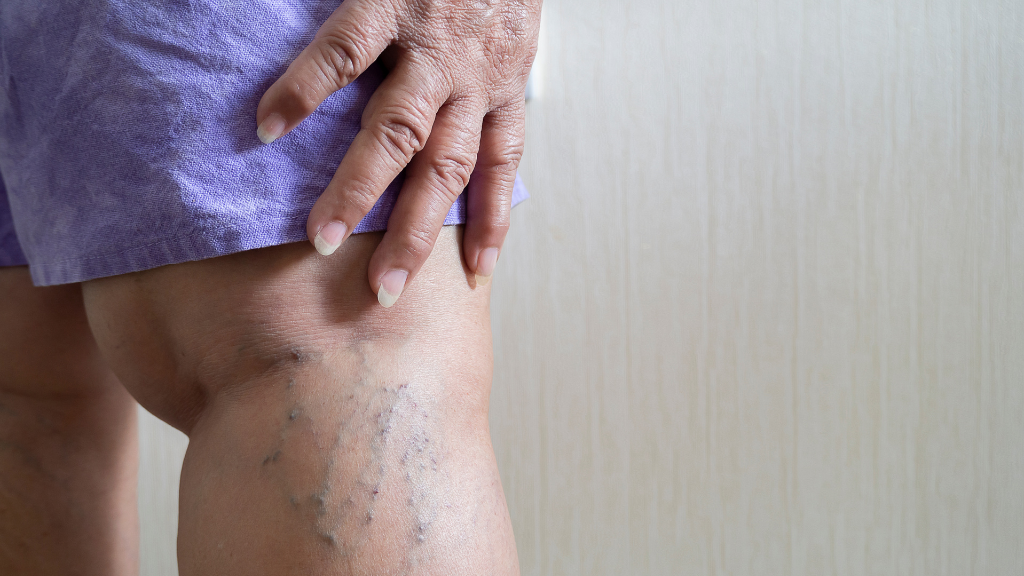This is a 5-minute read.
Can you recognize lymphedema in every stage? As someone experiences the earliest lymphedema stages, the disease progresses from mild discomfort to permanent and life-changing disturbances in the lymphatic system.
Early detection and diagnosis are essential because lymphedema can move from reversible to irreversible quickly. Below is a summary of the four lymphedema stages and their key characteristics.
Stage 0: Difficult to Detect
Many lymphedema doctors and clinicians describe Stage 0 lymphedema as almost impossible to detect. At this point, the signs are often subtle, and the patient may not be aware of any obvious trigger or outward symptoms of the disease.
Often, the first sign is a general feeling of heaviness in the legs or arms. The person may have an uncomfortable sensation that’s difficult to describe to a doctor. All they know is something feels “off” in their limbs.
During Stage 0, a small disruption is occurring somewhere deep within the lymphatic system. It might have been triggered by an illness, injury, surgery, environmental contaminant, toxin, another factor, or a combination of several causes.
Stage 1: Reversible Lymphedema
When the patient reaches Stage 1, their symptoms have become more noticeable but are still likely reversible with proper intervention. If they use compression therapy, their arm or leg should return to its normal size after each treatment.
During this stage, the protein-rich fluid buildup in the limb is readily displaceable. Patients should be able to return to their baseline body contours with continued compression treatment. However, the person’s doctor should educate them about the stages of lymphedema and the risks of moving to the next stage.
Stage 2: Irreversible Lymphedema
By stage 2, lymphedema swelling has become permanent. There is no known cure for irreversible lymphedema, although innovative new devices, treatment regimens, and surgeries offer more hope than ever before.
In this stage, fibrosis has progressed to the extent where excess tissue has formed. The patient has loose, disorganized tissue with excess fluid that prevents a return to the body’s baseline contours.
Stage 3: Lymphostatic Elephantiasis
The final stage of lymphedema is sometimes called lymphostatic elephantiasis, which refers to the engorged swelling of a limb due to persistent lymph fluid buildup. The skin stretches, thickens, becomes hard and tight, and changes color.
Advanced stage lymphedema is a painful and progressive disorder that can lead to significant mobility limitations and quality-of-life issues. Patients are at risk of skin lesions, non-healing wounds, areas of hardened fibrosis, and papillomas, which are non-cancerous skin growths.
There’s also a risk of secondary infection and sepsis that puts the patient’s life at risk. The body’s lymphatic system is no longer capable of accomplishing its vital cleansing and flushing action, so the person is vulnerable to an array of additional negative health outcomes.
The Lymphedema Continuum
As you can see, the lymphedema stages can progress over time to become a severe and disabling disease. Detecting it as early as possible can save someone’s life and prevent years of suffering.
If you have a family history or any symptoms of lymphedema, even mild symptoms, consider where you might fall on the lymphedema continuum.
- Could you be at risk for developing lymphedema?
- Is it possible that you’re at Stage 0 or Stage 1 and should be evaluated by a physician or lymphedema therapist?
- Would a compression garment or pneumatic compression device help your symptoms?
- Are you a candidate for innovative supermicrosurgery or another procedure?
- Can you prevent your early-stage lymphedema from becoming late-stage lymphedema?
The good news is that many lymphedema treatment options provide significant symptom relief, and a cure for lymphedema may be on the horizon within a decade. Today, anyone can learn more about lymphedema and empower themselves to go beyond the diagnosis.
Lympha Press addresses the lymphedema stages by improving lymphatic fluid flow within the body. Clinicians and patients are welcome to explore the range of Lympha Press therapy options. Find symptom relief with proven results that are backed by clinical studies.








